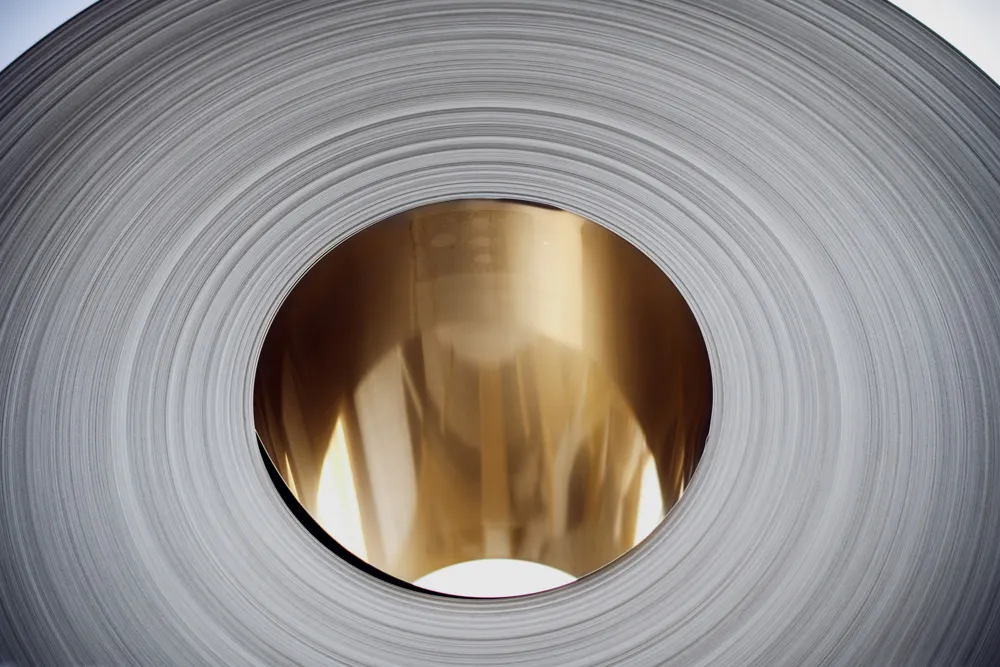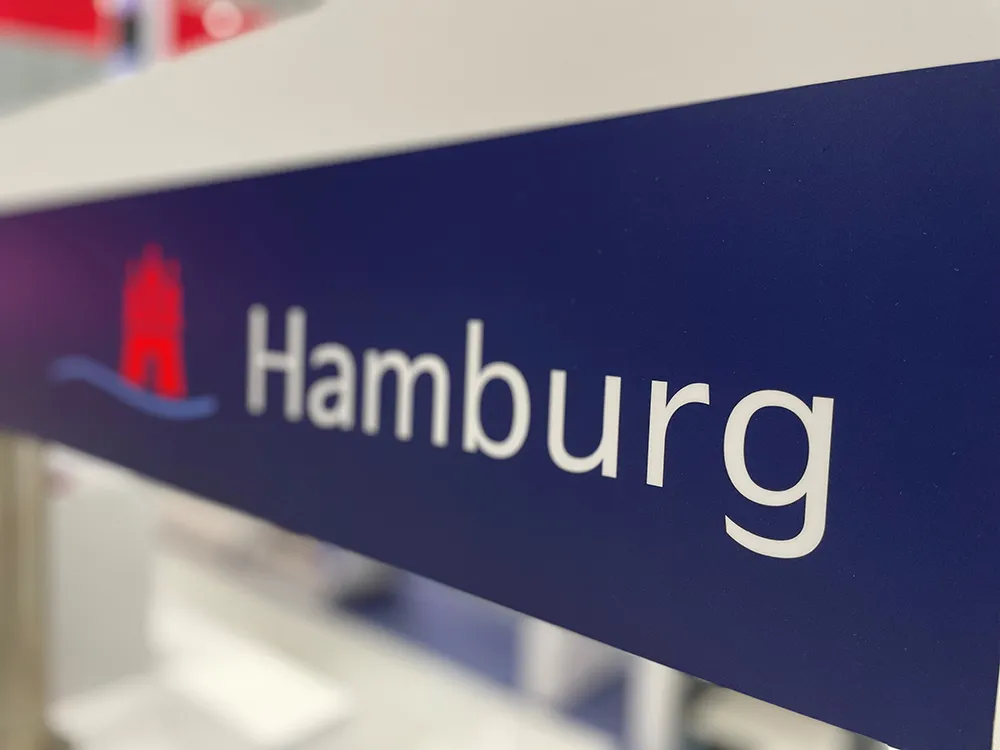The report clarifies the complexities and the future of both the technologies and the vehicles using the technologies with frank assessment revealing the promise for the future, the achievement now and the dead ends. Grasp the subject fast: derive your own slides easily.
Electric vehicles are creating more and more of their own electricity from daylight, wind and other sources including regeneration. Regeneration converts wasted heat and movement in the vehicle into electricity, as with a turbine in the exhaust. More elegantly, regeneration prevents wasted heat and movement in the first place as with regenerative suspension giving a better ride and longer range and flywheels replacing burning brake disks. Shock absorbers can create electricity that controls them to give a smoother ride.
According to the report, existing key enabling technologies will move over within the decade to add the new one - energy harvesting including regeneration. Within 20 years it will become a huge business as tens of millions of vehicles yearly are made as Energy Independent Vehicles (EIV) that get all their electricity without plugging in. The report explains many new EH technologies coming along including triboelectrics, thermal metamaterials, affordable GaAs photovoltaics, flywheels and dielectric elastomer nanogenerators. With these, energy harvesting will be the most important technology of all and much of it will be a materials play. Increasingly the energy companies and charging networks will be bypassed completely by the land, water and airborne vehicles starting to appear now. The report reveals the significance of breakthroughs by little known vehicle and material companies such as Hanergy, Inergy, Sunnyclist, Sion, Nanowinn and others.
EVs are creating more and more of their own electricity, say IDTechEx Research
The latest report from IDTechEx Research, Electric Vehicle Energy Harvesting/Regeneration 2017-2037, explains and forecasts the technologies involved in this key enabling technology. EH/R will be as important and sometimes more important than motors, batteries and power electronics: fabulous opportunities await vehicle, parts and material manufacturers unplugging into this future.
May 31, 2017
Read time: 2 mins
The latest report from IDTechEx Research, Electric Vehicle Energy Harvesting/Regeneration 2017-2037, explains and forecasts the technologies involved in this key enabling technology. EH/R will be as important and sometimes more important than motors, batteries and power electronics: fabulous opportunities await vehicle, parts and material manufacturers unplugging into this future.








